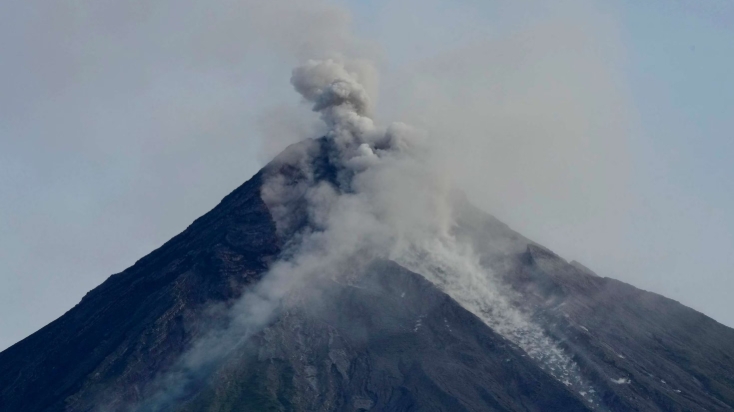Volcanic eruptions are powerful and destructive natural disasters that can have wide-reaching consequences. Understanding the causes and consequences of volcanic eruptions is vital for preparedness and response efforts.
Causes of Volcanic Eruptions
1. Magma Chamber Pressure
– Magma, a molten rock beneath the Earth’s surface, builds up pressure in a magma chamber. When this pressure becomes too great, it can result in a volcanic eruption.
2. Plate Tectonics
– Volcanic eruptions are often caused by the movement of tectonic plates. As plates shift and collide, magma is forced to the surface, leading to eruptions.
3. Gas Build-Up
– The presence of gases, such as water vapor and carbon dioxide, in magma can create pressure and force an eruption.
Consequences of Volcanic Eruptions
1. Ash Fallout
– Volcanic ash can blanket surrounding areas, causing disruptions to transportation, agriculture, and health.
2. Pyroclastic Flows
– These fast-moving currents of hot gas and rock can devastate everything in their path, including buildings and vegetation.
3. Lahars
– Volcanic mudflows, or lahars, can occur when melted snow and ice mix with ash and debris, creating dangerous flows that can engulf communities.
4. Economic Impact
– The destruction caused by volcanic eruptions can have long-lasting economic consequences, impacting tourism, agriculture, and infrastructure.
Preparedness and Response Efforts
– Monitoring volcanic activity through seismographs, gas sensors, and satellite imagery is crucial for early warning and evacuation efforts.
– Community emergency response plans and evacuation procedures should be in place to protect lives during volcanic eruptions.
– International cooperation is essential for sharing information and resources in response to volcanic eruptions that cross borders.
In conclusion, exploring the causes and consequences of volcanic eruptions is essential for mitigating their impact and protecting lives and livelihoods. By understanding the science behind these natural disasters and implementing effective preparedness and response measures, we can better protect communities at risk from volcanic activity.

